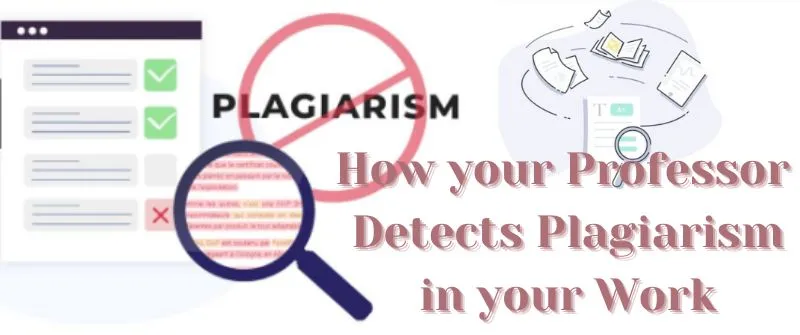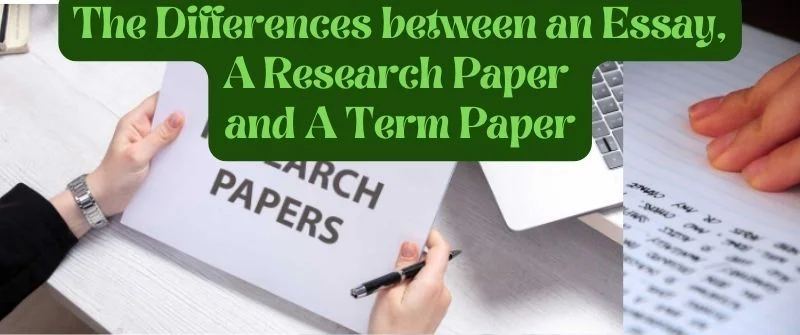Best Research Paper Font and Size: Best Styles for an Essay
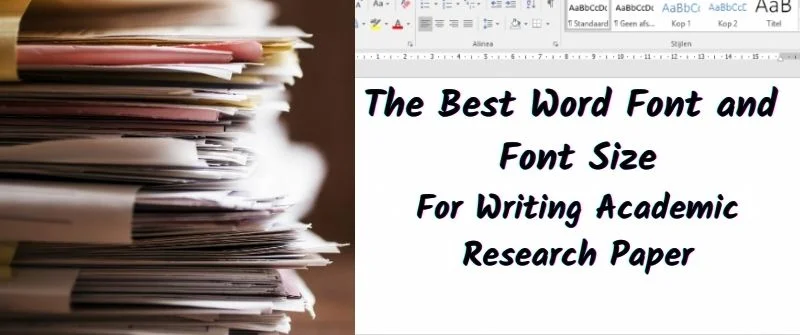
As you edit and polish your research paper, you should know the suitable font when formatting. Many students struggle to locate suitable fonts that are appropriate for academia. Thankfully, most of the writing styles such as APA or MLA end this frustration by indicating the right fonts to use in your work.
Many instructors indicate the type of fonts students should use in their assignments. That is because some fonts are large hence prompting one to use more pages than indicated in the instructions section.
People Also Read: Can Dissertation be a Case Study: Research Example and Format
Best Font for Research Paper
The choice of fonts can affect your academic writing work. The right font should make your work remain credible and professional. Dressing your work with the right fonts is procuring a suitable image.
Ideally, the best font for a research paper is Times New Roman as it is clear and most requested by university and college faculties. Other common ones are the Arial and Calibri fonts, which are preferred because of their large size compared with New Times Roman.
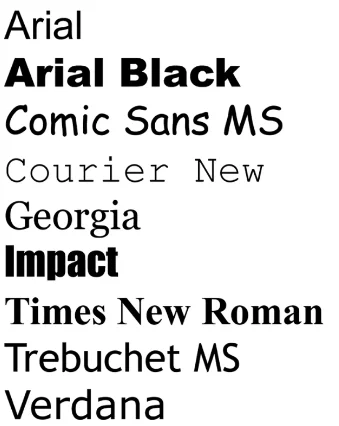
Some fonts can be attractive but hard to read because they have several curls and curves.
When handling research work, use the correct font which has enough allowance between letters to avoid overcrowding.
The professional fonts should be easy to read. The good news for you is that Times New Roman is a popular choice for academic documents.
It is the safest option because most examiners are comfortable with it. Notably, New Times Roman has sound APA support.
People Also Read: Can a Research Paper be Opinionated: Persuasive or Personal
Best Font Size for Research Paper
The best font size for a research paper is point 12. This size is the most common one, especially for New Times Roman, Arial, or Calibri fonts. The size of the fonts should make your work to be readable without straining the audience. We measure size using ‘points’.
Most academic research papers use MLA, APA, and Harvard references and formats.
The point is a percentage of the screen that the font is occupying. For academic papers, the recommended size is 12 points. It is the most comfortable size for the audience without looking oversized or bulky.

The font size plays a critical role in making your research work impressive and appealing.
The writer should use the official font size when submitting the project.
This size is key when you want to determine the number of pages that your project should carry.
We use font 12 to calculate and know the number of pages the entire work will have to avoid going beyond or under the given guideline.
If you use a different font size, you may exceed or hit below the word count leading to disqualification or any other penalty as the lecturer may decide.
Commonly Used Fonts for Academic Work
Different writing styles recommend certain fonts for students to use while tackling academic work. Some of them are as follows:
Times New Roman
Times New Roman has an authoritative look and feel. It came into practice in 1932 to enhance the legibility and economy of space. This Times New Roman has a narrow printing point that is easily readable.
Arial
Arial has been the most used font for the past thirty years. One of the characteristics of Arial fonts is that they have rounded faces. Furthermore, the edges of the letters do not manifest in the horizontal line. Instead, these edges are at an angle.
Besides, this font is easy to read whether used in both large and small blocks. It is a perfect format that one can use in academic work.
Calibri
Calibri is a humanist font with variable strokes and designs. It is a pretty-looking font suitable for large displays such as presentations.
People Also Read: Research Paper Due Tomorrow: Not started, we Write in hours
Factors Determining the Font and Size for Academic Writing
1. Teachers Instructions
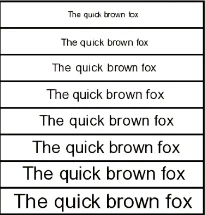
When you receive your essay assignment, peruse through it and find the preferred font type and size. Some professors are comfortable with particular fonts.
The professor will indicate the preferred font for your work. You can begin by writing and polishing your work with your font and size and later format it according to instructions.
Most academic papers target certain pages of the assignments.
For example, when the instructions demand that you use Times New Roman, you should stick to that for you to produce the right number of pages as guided by the instructions.
Teachers know that when you use a particular font and size for your research, you will produce the correct quantity after researching.
2. Your Eye Ability
One will feel more comfortable when using certain fonts than others. Reading and writing while you are straining your eyes to see your work can be disastrous. The cool thing is you can settle for the fonts that can make your eye enjoy beholding your work.
Several fonts exist to use for your work without straining your eyes. However, you should ensure that you settle for the right font when formatting your final documents.
For example, some fonts have curls or curves that affect the readability of your work. Such can make your professor respond unkindly.
If the professor did not offer guidance to you, then you can use the correct font according to the writing style recommendations.
3. Teacher’s Font Preference and Eye Abilities
A teacher may instruct that you use certain fonts when submitting your project work. More importantly, even if it is not your favorite font to use, you should stick to the instructions and complete your work as guided.
We have varying eye abilities. Some are comfortable and safe to use a particular font like Arial because they do not strain the eyes while using it. Some fonts are not friendly to some people when working, making your entire writing experience to be hostile.
If you can work well with 12-point font size, well and good. In case the lecturer wants a point size 10, use a comfortable font during your writing and editing process then change it to the recommended size before submitting.
4. Type of the Academic work, Essays vs Graphics
The type of academic work dictates the type of font to use for effective delivery. If you are writing an essay, you should use the recommended fonts and sizes as per the writing styles. These styles are MLA, APA, and so on.
You should not use any font which is not official to any writing style. If unsure, it is sensible to consult your instructor and remain on the correct track.
On the other hand, you should also use the correct font when you are working with graphics in your academic projects.
Just like essays, the graphics also have official fonts that students should use when designing and captioning them. Sticking to the rules makes your work hold a professional appeal.
Graphics are the perfect way of presenting information to make readers create the right perceptions at a glance. Luckily, you should caption them with the recommended fonts and sizes for better delivery.
5. Personal Preference
What appeals to one writer differs from what makes a different writer excited and comfortable. What does that mean? Different writers have varying impressions about what fonts and sizes work for them.
If the instructions for your projects are open to allow you to use multiple fonts from the given list, you should settle for your favorite from the list.
That implies that the instructor may be marking papers that will come with varying font types according to the writer’s preference from the given list of options.
6. Readability
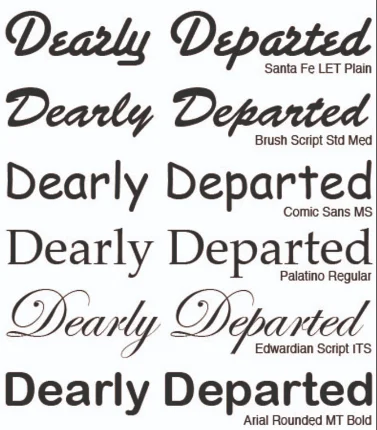
There is no secret in this. Some fonts are more readable than others.
For example, when you are using Times New Roman as your favorite font, it will consume less space but score high on legibility.
Remember, a readable document is an attractive document. Do not compromise on this. Use the right font that is legible and easy to read.
Based on the recommended fonts for particular styles, choose the one that looks more attractive.
Check out our tips on how to name a research paper for more guidance on how to prepare your paper before submitting it. This may improve the clarity of your file and promote grading.

When not handling complex essays and academic writing tasks, Josh is busy advising students on how to pass assignments. In spare time, he loves playing football or walking with his dog around the park.


